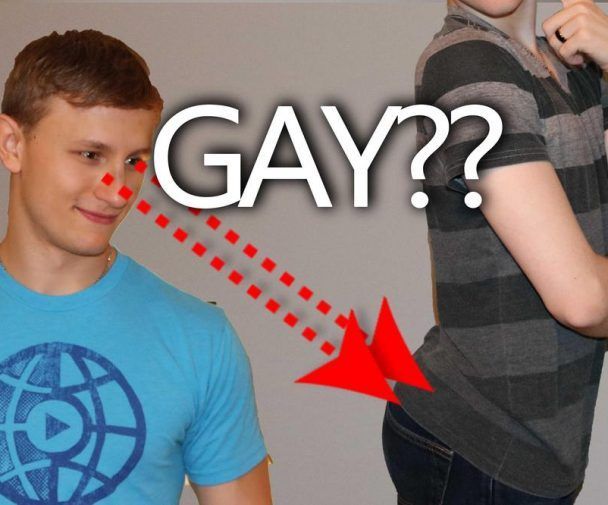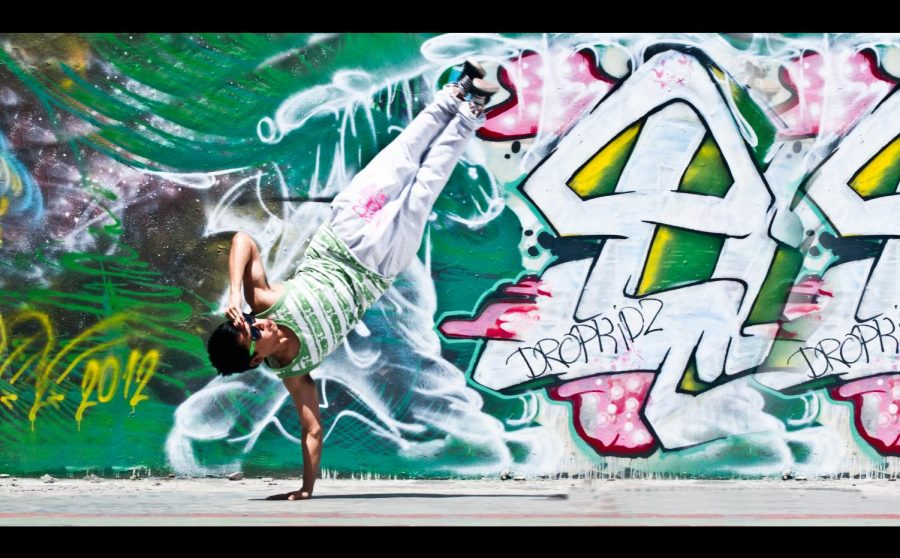How do gay guys dance
Gay Men & Dance
When he was 7 years old, future choreographer Tere O’Connor donned a white V-neck tennis sweater, a pair of very short shorts, and his father’s trout fishing boots and sashayed down the street of his blue-collar neighborhood in Webster, New York. That inspired act of creativity was probably his first choreographed performance. “It was like a white suburban Grace Jones look,” says O’Connor. “I took it very seriously. I thought I was a real charmer.”
The stereotype of male dancers automatically being gay—not to mention the myth that dancing makes you queer—is a concept that Americans, in particular, love to embrace, as if to protect their own macho image. And yet, gay men do seem to be drawn to dance (and to other creative and equally stereotyped occupations like interior design, hairdressing, couture, and musical theater) for various reasons. In the universe of the arts, gay men keep some impressive company: Marcel Proust, Michelangelo, Lord Byron, Tchaikovsky, Tennessee Williams, Montgomery Clift, and Leonard Bernstein are only a few of history’s homosexuals who have made their indelible mark. (And, by the way, if you fear being around gay men, you probably should stop reading this article right now and quit dancing immediately, because you’re destined to meet a few along the way.)
A 1997 study published by J. Michael Bailey and Michael Oberschneider in Archives of Sexual Behavior, titled “Sexual Orientation and Professional Dance,” detailed a survey of 136 professional dancers, including homosexual and heterosexual men and women, about the prevalence of gay men in their profession. Their anecdotal responses indicated that they thought that 57.8 percent of the men in dance companies were gay, while they considered 53 percent of the men in their own companies to be gay. Even if those numbers are off by 10 points, those are still high ratios.
Gay men enter the dance field at ages ranging from 5 years old to their college years, but there are often common denominators in their motivations. Choreographer James Cunningham, who co-curates “From the Horse’s Mouth” (a performed compilation of notable dancers’ stories), worked with a dance and theater troupe from the age of 7. “I was not interested in cars, sports, or dating girls. I was interested in theater, dance, and music, where I could explore my emotional, sensual, sensitive side,” says Cunningham. “I played everything—men, women, animals, spirits. What I was learning was that when you’re a free spirit you can be everything.” Cunningham talks about the yin-yang balance that gay men possess (in sexual terms, that equates to both active and passive libido). “When they call gay people ‘fruits’ or ‘pansies,’ that means they have a soft side. Well, I embrace that,” he says. “To be a dancer, you have to give in to the rhythm.”
“I was not interested in cars, sports, or dating girls. I was interested in theater, dance, and music, where I could explore my emotional, sensual, sensitive side,” says Cunningham. “I played everything—men, women, animals, spirits. What I was learning was that when you’re a free spirit you can be everything.” Cunningham talks about the yin-yang balance that gay men possess (in sexual terms, that equates to both active and passive libido). “When they call gay people ‘fruits’ or ‘pansies,’ that means they have a soft side. Well, I embrace that,” he says. “To be a dancer, you have to give in to the rhythm.”
O’Connor has coined a term, “feminilia,” that describes the feminine creative spirit present in gay (and metrosexual) men and in women. “If gay men need to imprint the womanly element of being on earth, then it makes sense they would follow through with that at the career level,” says O’Connor. It was “feminilia” that allowed him to use his neighborhood street as a catwalk and to develop his own physical, non-verbal language.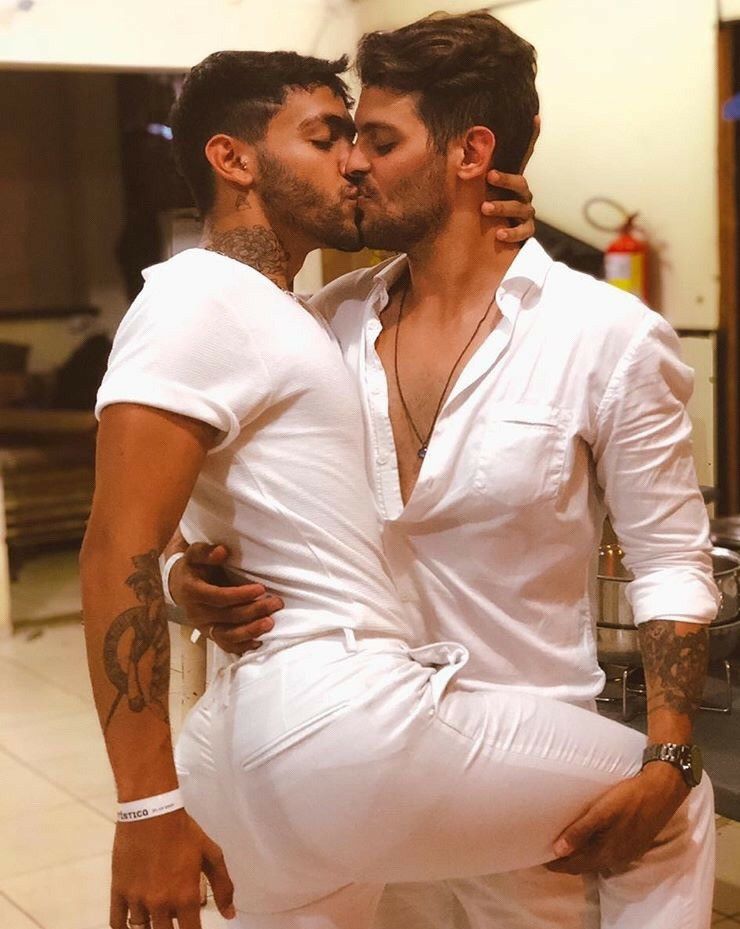 “It was dangerous to say you were gay,” he says. “I was developing some other language that was internalized and started to express itself through dance.”
“It was dangerous to say you were gay,” he says. “I was developing some other language that was internalized and started to express itself through dance.”
For some, the idea of a physicality that was more aesthetic than competitive—more artsy than sporty—held broad appeal. The performance artist Tim Miller confesses that, “Dance class got me out of high school phys ed. It was a lifesaver that gave me an integrated, positive relationship with my body.” Christopher Williams, who choreographed Portuguese Suite to highlight the taboos of a homosexual union in a conservative backwater, considers his work queer in nature. “Our sense of beauty is undeniably influenced by our sexuality,” says Williams. “It follows logically that dance, which often offers views of male dancers publicly articulating their powerful and nubile bodies, as a form that reveres grace, subtlety and exciting feats of physical ability, plain and simply attracts the attention of gay men.” Or as Patrick Corbin, former lead dancer with the Paul Taylor Dance Company and now director of CorbinDances, puts it, “We have an appreciation for big, sweaty men in tights.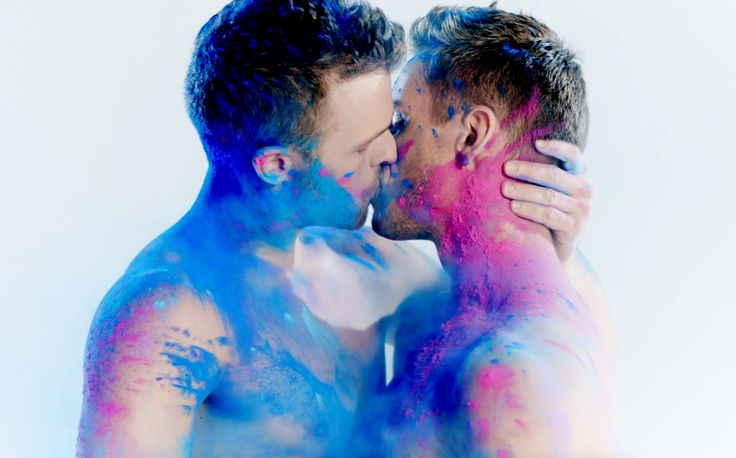 ”
”
Seeing attractive role models added to the allure of dance. Paul Thrussel, a former principal dancer with Boston Ballet who trained at the Royal Ballet School and now dances with Ballet Gamonet Maximum Dance in Florida, idolized Rudolph Nureyev. “Nureyev had such masculinity but at the same time was so camp and over the top. I always wanted to dance like that,” says Thrussel. Miller remembers the sexy iconic photographs in Dance Magazine and its provocative sister publication, After Dark, which shared photographers in the 1970s. “Some of the most beautifully charged images of this idealized dance beauty made a strong imprint. For me, coming of age, it was aestheticized in a queer cultural representation. But, then again, so did the Sears catalogue,” says Miller, whose book 1001 Beds describes his early sexual encounters at Cal State Fullerton’s dance department. And O’Connor idolized Aaron Osborne of the Limón Dance Company, not only because he was “like sex on toast,” but because he was a strong, confident, successful man in the dance world.
Lest anyone think that men in tights are always gay, let’s not forget that ballet’s biggest box office attraction was Mikhail Baryshnikov, a ladies’ man who made a number of straight men think ballet class might be a good way to meet chicks. Outside of the United States, countries like Russia and Cuba revere their male dancers and don’t label them as sissified. Even in this country, O’Connor says that he teaches more straight male dancers in college classes than before, as gender issues for the younger generation become less of a big deal.
But overwhelmingly, among the gay men interviewed for this article, the welcoming atmosphere of dance classes or companies made them want to stay once they got their foot in the door. Gay men are usually invited into the dance world without question, easily gain friends and peers, and are seldom judged for their sexual preference, as they might be elsewhere. The word “tribe” often pops up in the discussion of the bonding that happens among gay men. “Maybe boys changing into their dance belts and tights are the closest thing we could be to a tribe,” says Miller. Corbin recalls that at the Joffrey and Taylor companies, particularly at the height of the AIDS crisis, “There was never a better bunch of guys to have your back.” And Williams thinks that, just as cultures have engaged in survival rituals for centuries, so do gay men in dance: “We are hungry for a kind of codified cultural unity, for good mates, for personal lore or mythology and for a sense of belonging which has been denied us.”
“Maybe boys changing into their dance belts and tights are the closest thing we could be to a tribe,” says Miller. Corbin recalls that at the Joffrey and Taylor companies, particularly at the height of the AIDS crisis, “There was never a better bunch of guys to have your back.” And Williams thinks that, just as cultures have engaged in survival rituals for centuries, so do gay men in dance: “We are hungry for a kind of codified cultural unity, for good mates, for personal lore or mythology and for a sense of belonging which has been denied us.”
While most religions have a poor track record in supporting gays and lesbians, a number of gay men who dance feel that their gayness and artistry are part of their spiritual path. “I think you are born this way and it’s karmic,” says Cunningham. “If we could ever find that gay gene, it would relieve the idea that this is something you have done to annoy your aunt.” O’Connor refers to his “creative motor” that resulted from marginalization and mobilized his artistic talent.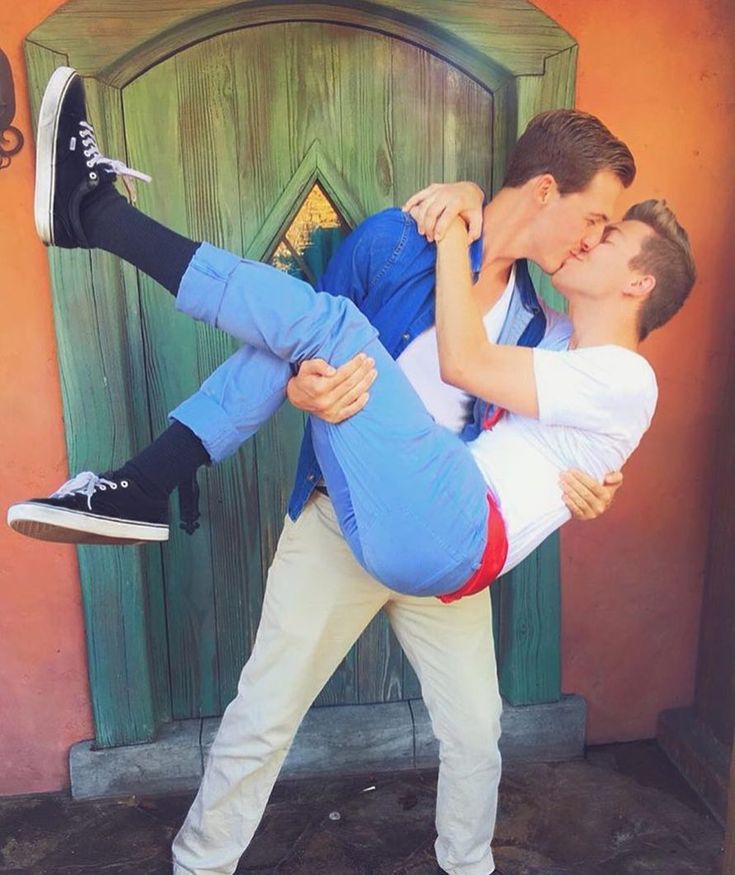 Ronald K. Brown, whose choreography seems to spring from a heart-centered spirituality, says that his spiritual search led him to honor the freedom of being true to himself. “In that way,” says Brown, “my spirituality is fed by my being gay.”
Ronald K. Brown, whose choreography seems to spring from a heart-centered spirituality, says that his spiritual search led him to honor the freedom of being true to himself. “In that way,” says Brown, “my spirituality is fed by my being gay.”
So what do you say to parents who are afraid to let their son take dance classes because “it might turn him gay?” (One of Brown’s extended family members actually asked him, “Did that dancin’ thing make you gay?”) O’Connor thinks they should worry more about his finances than his being gay. “Dance isn’t the issue,” he says. “If you feel your son is gay, you should respond directly to that. If this is the first indicator, then you might have been a little sleepy.” Miller also says fear not: “If a gay boy can’t be turned straight by an absolute Niagara Falls of heterosexual programming, coercion and physical abuse, then a dance class is not going to make a straight boy gay.”
Cunningham, who has done extensive touring across the country, has encountered his fair share of people who regard dance as a sexually subversive, radically gay art form.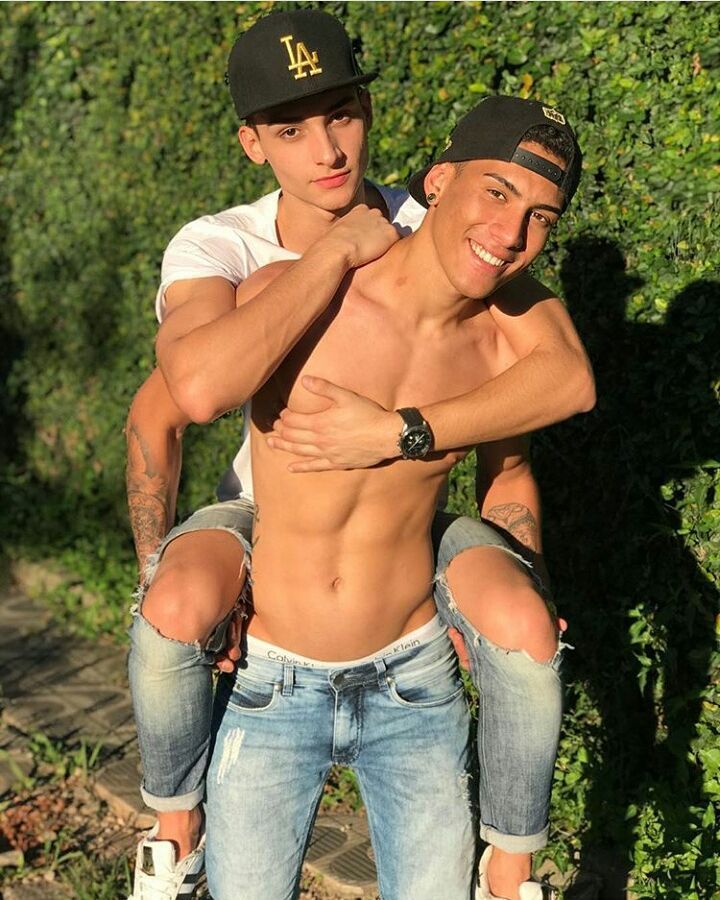 In Alaska, after a performance of his piece The First Lady, in which Isadora Duncan, costumed in a pink tunic, and Donald Duck (both played by men) got married, a stern woman pulled him aside. “I just want to tell you that you have turned this high school auditorium into the house of Satan,” she said. In retrospect, says Cunningham, “That was the most profound compliment I ever got.”
In Alaska, after a performance of his piece The First Lady, in which Isadora Duncan, costumed in a pink tunic, and Donald Duck (both played by men) got married, a stern woman pulled him aside. “I just want to tell you that you have turned this high school auditorium into the house of Satan,” she said. In retrospect, says Cunningham, “That was the most profound compliment I ever got.”
What is Whacking (Waacking)? | STEEZY Blog
BOOM. POW. WHACK.
These energetic sounds aren't just onomatopoeias you’d find in a comic book...
They’re the inspiration for Whacking (Waacking) – a dance style characterized by striking arm movements, poses, and footwork!
Wanna learn more about the history and origins of Whacking? Keep reading.
Whacking found its start in the 1970s gay clubs of Los Angeles where high-energy funk and disco music dominated the airwaves.
It was in these clubs that poor Black, Latino, and Asian men found the freedom to express themselves through movement, despite the oppressive environments they faced in day-to-day life.
Originally called “Punking, Whacking emerged as a style that focused on empowerment and strength.
And while “Punk” was originally a derogatory term, the gay community reclaimed it as a positive action verb.
"Punking means to make something your b*tch. Instead of being defeated by a person or thing or situation, punking is how we flipped the script to make it our own."
– Viktor Manoel
Punking is the root of Whacking.
The moves were influenced by the glamour and drama of classic Hollywood film actresses, the over-the-top action of 1960s comic book heroes, and the sharp, quick movements of 1970s martial arts films.
In many routines and freestyles, you’ll see arm rolls that originate in the shoulder, elbow, or wrist that travel over the head and back – directly inspired by the use of nunchucks. (Viktor Manoel)
Whacking found its way out of the LA gay club scene and onto the Soul Train dance floor by way of a few original Punks, Arthur, Tinker, and Andrew.
However, due to the HIV/AIDS epidemic of the 1980's, most of the original punks passed away or were murdered, leaving only Viktor Manoel as the last original Punk.
Then, the style faded out of the mainstream in the 1980's and 1990's.
It wasn’t until 2003, when dancer and choreographer Brian “Footwork” Green began teaching Whacking as a formal dance style that a new generation of Whackers was born.
After Brian, many other Whacking elders started sharing their knowledge with younger dancers, leading to an explosion in the Whacking choreography movement.
Although Whacking is now often seen in choreography, its original contexts were freestyle jams and battles.
But whether Whacking is part of a routine or in-the-moment expression, the core values of celebrating individuality, self-expression, storytelling, and performance still remain.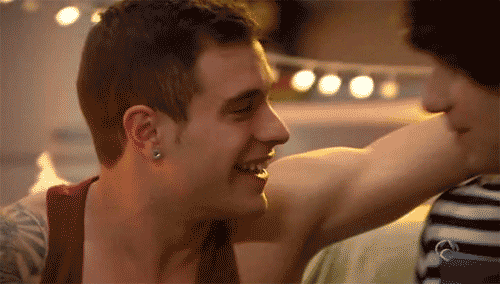
The basic “Whack” (original spelling) is an arm movement that creates a striking motion.
It’s literally like you're hitting or whacking something!
Watch this video to see how a basic whack is executed:
This name comes from the onomatopoeias splashed across classic comic books like Batman and Robin.
While “Punking” was the OG term for the style, “Whacking/Waacking” became the most popular name when the straight community fell in love with the dance style, but didn’t want to associate themselves with the term “punking.”
(The double “a” spelling of Whacking was used to differentiate the term from the negative slang, “wack”)
Aside from the whack itself, Whacking technique also includes hair brushes, extensions, posing, and fast footwork – all with a strong emphasis on musicality.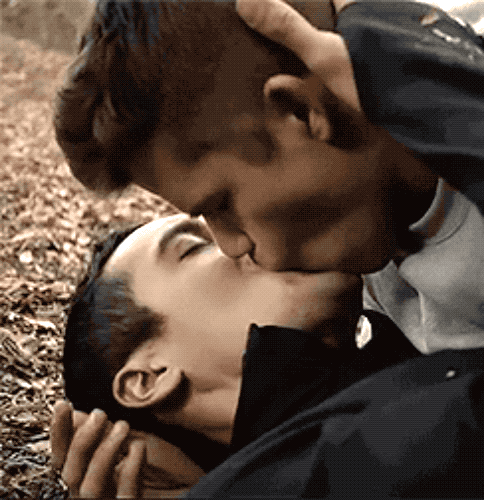
Wanna learn the Whacking style yourself?
Take Lorena Valenzuela's Beginner Whacking Program on STEEZY Studio!
She teaches all the essentials of Whacking/Waacking for beginners.
Just click here to start for free.
Cultural contexts of Whacking
Though decades have passed since its inception, the technique and cultural context of Whacking has been preserved by its communities.
Today, dancers continue to develop new means of expression through Whacking by experimenting with different types of music and elements of flair.
And while this style was originally created to empower people of color in the LGBTQIA+ community, it’s gone on to inspire younger generations of dancers of all backgrounds around the world.
Editor's Note: Facts in the article were researched by the author. Additional information came from interviews with original Punk Viktor Manoel.
What is known about the "LGBT dance" scandal in the Yekaterinburg Lyceum - Moscow 24, 06/01/2022
In Yekaterinburg, students of Lyceum No. 12 performed a provocative dance during the competition, in which some officials and celebrities saw hints of non-traditional sexual relations. The director of the institution was offered to be fired, but the governor of the Sverdlovsk region Evgeny Kuyvashev stood up for the leadership. We will tell you what the parents of the students think about the dance and how the head of the lyceum explained what happened. nine0003
Adults overlooked?
Photo: Podyom telegram channel
Tenth-graders from Yekaterinburg Lyceum No. 12 showed the scandalous number during the school competition "Dance Galaxy" on May 12, but the video became viral on the Web only now. Young people included elements of twerk and cheerleading in their number. Then they took off their pink T-shirts, under which they wore belts.
Judging by the exclamations of the public, many spectators liked the number. At the same time, some netizens saw hints of Internet memes "hachimuchi" in the dance. nine0003
At the same time, some netizens saw hints of Internet memes "hachimuchi" in the dance. nine0003
The administration of Yekaterinburg launched an official investigation, and the Minister of Education and Youth Policy of the Sverdlovsk Region, Yury Biktuganov, said that the organizers of the competition did not properly follow the performances of schoolchildren. Lyubov Kulev, director of the lyceum, he proposed to fire.
"Today, more and more attention is paid to the educational function of the school, and such manifestations of extracurricular activities indicate how relevant this task is," the minister said.
After the dance, the public movement Call of the People sent an appeal to the chairman of the Investigative Committee of the Russian Federation Alexander Bastrykin: activists called for checking the leadership of the lyceum for LGBT propaganda among minors. nine0003
Representatives of the center for the protection of family values \u200b\u200b"Ivan Chai" also turned to the prosecutor's office - the organization itself reported this in its telegram channel (it is famous for complaining about scenes with sex and promoting prostitution in the work of the singer Instasamka). Social activists called for the director of the lyceum to be fired, and for the teachers who helped prepare the performance to be reprimanded.
Social activists called for the director of the lyceum to be fired, and for the teachers who helped prepare the performance to be reprimanded.
The governor of the Sverdlovsk region, Yevgeny Kuyvashev, also intervened. He admitted that he did not like such performances. However, he urged to take the situation calmer, as the number was humorous. nine0021
Such parodies are not at all close to me. But it was a joke. And joking, albeit bad, is not forbidden in our country. Everyone makes bad jokes sometimes, me too. You can scold for a joke - both schoolchildren and teachers. But this is the maximum.
Evgeny Kuyvashev
governor of the Sverdlovsk region
The head of the region said that he would not allow the director of the lyceum to be fired or punished in any other way. According to him, Kuleva has been working as a teacher for 50 years, and has received many awards and thanks during her career. He called the lyceum one of the exemplary educational institutions of the city. No stupid dance can cross out all the merits of a teacher, Kuyvashev concluded. nine0003
No stupid dance can cross out all the merits of a teacher, Kuyvashev concluded. nine0003
The mayor's office of Yekaterinburg also noted the achievements of Kuleva. They said that the director constantly holds patriotic actions, repaired the football field and makes a swimming pool not at the expense of the budget. The mayor's office suggested that Biktuganov expressed his claims on emotions.
At the same time, local media write that Lyceum No. 12 received a special prize from the Yeltsin Center in 2019, and students are given tolerance lessons every year.
"Not the air of freedom in the Urals"
Photo: RIA Novosti/Evgeny Odinokov
The contradictory performance of the Lyceum students outraged the TV presenter Vladimir Solovyov. He called what happened at the dance competition a "gay party".
I'm waiting, I'm wondering if the governor will give them a bonus too? What about the City Council of Yekaterinburg? No? Won't write? This, probably, is also the air of freedom in the Yeltsin-Centre style. But certainly not the air of freedom in the Urals.
But certainly not the air of freedom in the Urals.
Vladimir Solovyov
TV presenter
Solovyov was supported by the deputy head of Gazprom-Media, TV presenter Tina Kandelaki. In her opinion, such a number appeared because of the lessons of tolerance. "Against the backdrop of a heated discussion initiated by my more than well-known colleague, such news appears. Lessons in tolerance. Lessons in dancing. Maybe the usual lessons were enough?" - said Kandelaki. nine0003
At the same time, TV presenter Ksenia Sobchak supported the students. In her telegram channel, she also appreciated the act of Evgeny Kuyvashev, who defended the leadership of the lyceum.
There are more adequate people than obscurantists, I believe in it. A normal, human act of the head of the region is to stand up for the teacher, who probably did not know about this stupid dance.
Ksenia Sobchak
TV presenter
Sobchak noted that such dances are not new to anyone.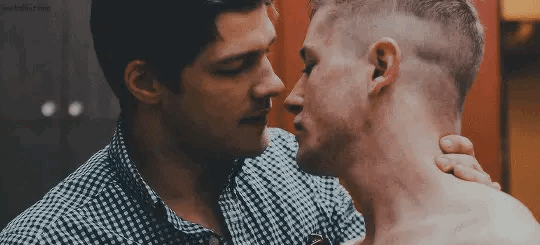 In her opinion, "no one became gay because of them." nine0003
In her opinion, "no one became gay because of them." nine0003
"Girls from the class were portrayed"
The Sverdlovsk governor stood up for the director of the lyceum after the "LGBT dance" of students
The director of lyceum No. 12 Lyubov Kuleva herself told "KP - Yekaterinburg" that the competition "Dance Galaxy" is held every year: according to her, there is no hint of unconventional relationships in the now famous number.
"The dance itself was a parody. There was no gay propaganda there," Kuleva said.
After the announcement that the director of the institution could be fired, hundreds of people came to the lyceum in the evening of May 31st. Parents of students and alumni have left signatures in support of the leadership. According to one of the participants of the meeting, there is freedom of speech and expression in creativity in the lyceum. nine0003
"All the documents that we signed go to support the director, the head teacher, and the class teacher.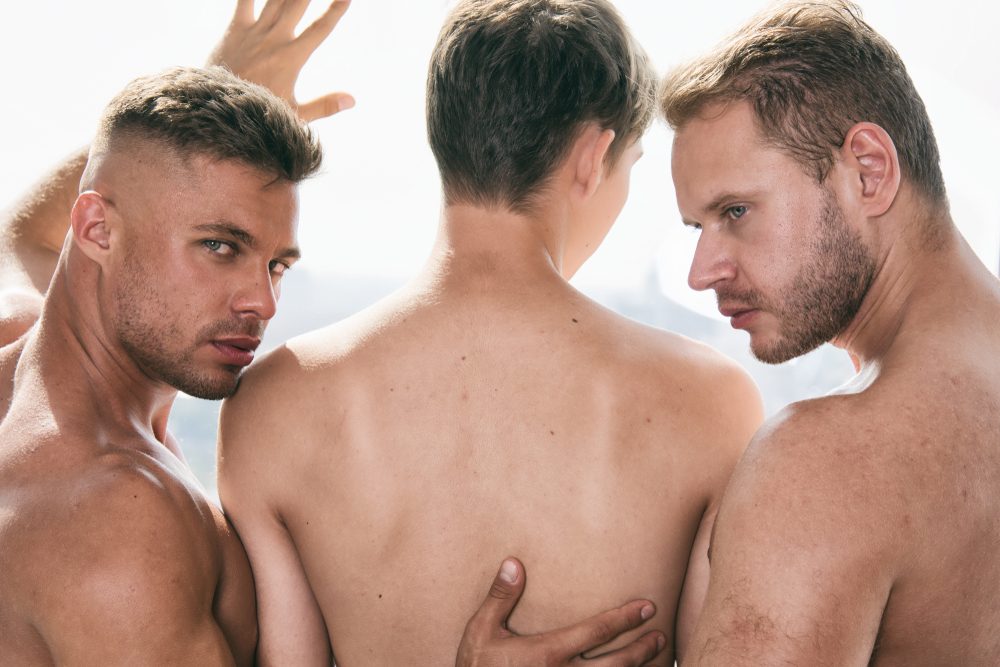 You can't forcefully shut your mouth and shake your finger," the woman said.
You can't forcefully shut your mouth and shake your finger," the woman said.
The mother of one of the lyceum's students, Elena Uspeshnaya, believes that the situation has been greatly inflated, the Izvestiya newspaper reports. According to her, the children did not want to show anything bad with their performance.
Well, they were joking, as they say. As far as I know, they portrayed girls from their class and the dance was not timed to graduation or some event that the school organized. They organized it themselves, it was an evening, there were no principals or teachers at the school, as far as I know. nine0003
Elena Successful
mother of one of the students of Lyceum No. 12 in Yekaterinburg
Parents who gathered to support the leadership of the lyceum urged Vladimir Solovyov to apologize to the director of the institution. The children have the right to self-expression, and the school's mission is to raise "good and healthy children," added one of the participants in the people's gathering.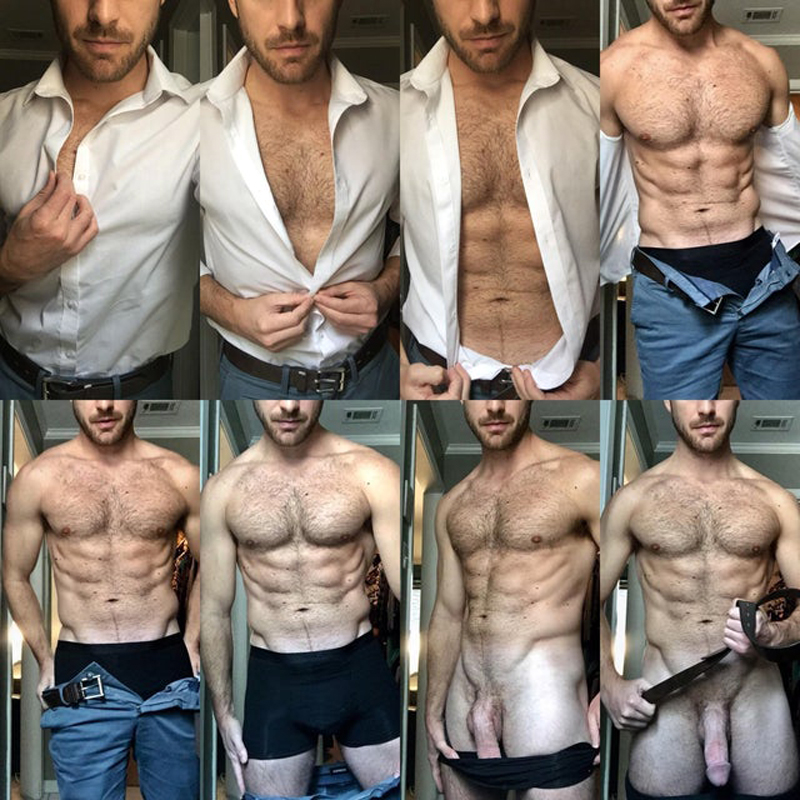
Kamzin Nikita
society-regions
“There was no gay propaganda”: Lyceum No. 12 in Yekaterinburg was accused of LGBT dance at the Last Bell
Komsomolskaya Pravda
Society: Portrait of the Phenomenon of the CSBBt Tanets in the Lyceum No. 12
Danil Svechkov
31 May 2022 11:32
In Yekaterinburg Lyceum No. 12 was accused of LGBT dance on the last call
The scandalous tank was executed 12. May. Photo: official group of Lyceum No. 12 Vkontakte
Another scandal is flaring up in social networks in the Urals. It was caused by a video that was published the other day. It allegedly depicted the last call at Lyceum No. 12 in Yekaterinburg. nine0003
Young guys dressed in pink shirts and black shorts danced in front of the lyceum students a dance that some commentators on social networks called "a depraved LGBT dance." All this happened with special effects - purple smoke in the background. At the end of the performance, the guys took off their shirts and danced already with a naked torso tied crosswise with thin straps.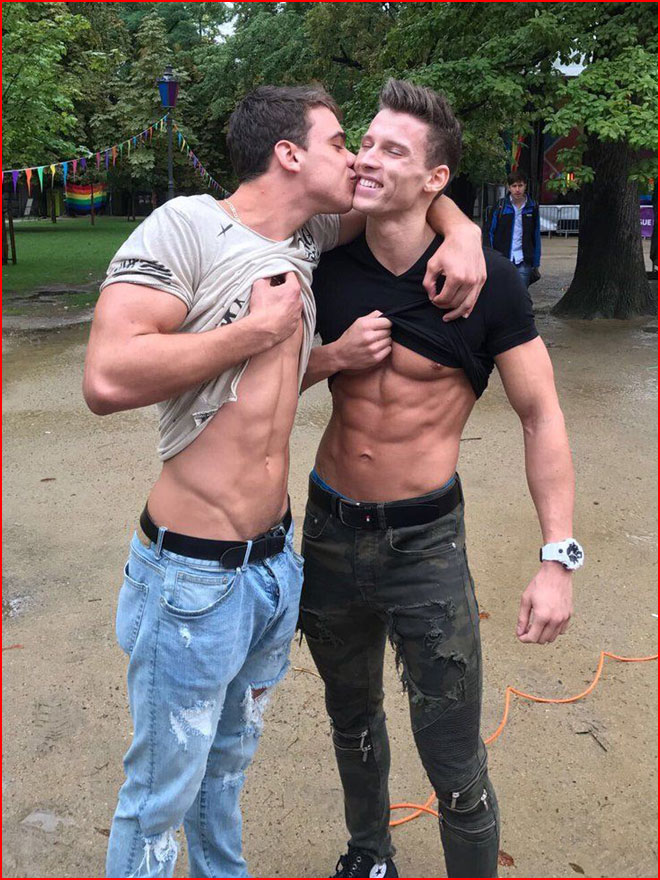 This video caused indignation among a number of residents of Yekaterinburg, who began to release comments with indecent statements under the video on social networks. Meanwhile, the school itself has already rushed to declare that the video is fake and has nothing to do with the Last Bell. nine0003
This video caused indignation among a number of residents of Yekaterinburg, who began to release comments with indecent statements under the video on social networks. Meanwhile, the school itself has already rushed to declare that the video is fake and has nothing to do with the Last Bell. nine0003
Photo: Lyceum No. 12 official group Vkontakte
- This is a fake. Real fake! This is not the last call, - said "KP-Ekaterinburg" Lyubov Kuleva, director of Lyceum No. 12. - The video was actually filmed by us. But it was not the Last Call, but the "Dance Galaxy". This is our annual event. The dance itself was a parody. There was no gay propaganda there.
Scandal erupted in Yekaterinburg because of schoolchildren's LGBT dance
Nikita Schukin
Read also
The age category of the site 18+
Network edition (site) is registered by Roskomnadzor, Certificate of EL No. FS77-80505 of March 15, 200003
Chief editor-nosova Olisthovsi Vyacheslavvovna.
EDITOR-IN-CHIEF OF THE SITE - KANSK VICTOR FYODOROVICH.
THE AUTHOR OF THE MODERN VERSION OF THE EDITION IS SUNGORKIN VLADIMIR NIKOLAEVICH.
Messages and comments from site readers are posted without preliminary editing. The editors reserve the right to remove them from the site or edit them if the specified messages and comments are an abuse of freedom mass media or violation of other requirements of the law. nine0003
EDITORIAL ADDRESS: Yekaterinburg branch of CJSC Publishing House "Komsomolskaya Pravda", st. Mamin-Sibiryaka, 52, office 302, Ekaterinburg, ZIP code: 620075, contact phone: +7 (343) 237-25-51. E-mail: [email protected]
Exclusive rights to materials posted on the website www.kp.ru, in accordance with the legislation of the Russian Federation for the Protection of the Results of Intellectual Activity belong to JSC Publishing House Komsomolskaya Pravda, and do not be used by others in any way form without the written permission of the copyright holder.